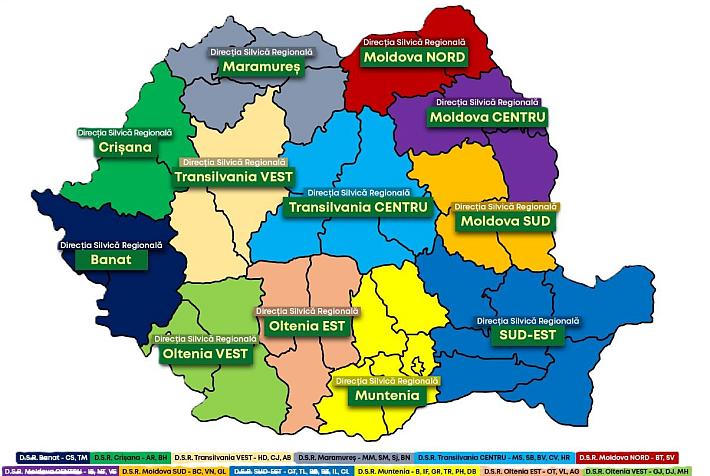Healthcare in Romania: lowest per capita spending in the EU, high amenable mortality

The local health care sector is faced with low spending, a shortage of staff and a still high amenable mortality, according to the 2017 State of the Health in the EU. Romania report, published by the European Commission.
Romania spent the lowest amount of all member states on healthcare in 2015, only EUR 814 per capita, under a third of the EU average, the report found. The share of GDP dedicated to health (4.9%) is also the lowest and significantly below the EU average of 9.9%. The report notes a steady decrease of healthcare spending as share of GDP since 2010, “reflecting the unstable political situation and following spending cuts to meet fiscal deficit targets.” Still, public sources account for 78% of total health financing, on par with the EU average.
Out-of-pocket payments are the second largest source of revenue for healthcare. In 2015, they reached 21% of expenditure for the first time. The report also notes that informal payments, particularly for hospital care, “are widespread and substantial,” although detailed data is not available.
The Romanian health care sector is also confronted with a labor force shortage. There are only 2.8 doctors per 1,000 people compared to 3.5 in the EU, and 6.4 nurses per 1,000 people vs. 8.4 in the EU. The shortage of staff is even greater in deprived regions. The high rates of healthcare workers who have emigrated over the past decade, especially after the 2007 EU accession, and fall in public sector salaries were the two factors contributing to the low numbers.
The life expectancy at birth in Romania was of 75 years in 2015, up from 71.2 years in 2000. However, it still lags five years behind the EU average of 80.6 years. The report notes the six-year gap between the life expectancy of university-educated Romanians and that of those with no more than lower secondary education. Furthermore, infant mortality is the highest in the EU at 7.6 deaths per 1,000 live births.
Cardiovascular diseases and cancer cause the most deaths in Romania, and the standardized death rate for Acute Myocardial Infarction (AMI) was the highest in the EU in 2014, much higher than the EU average, the report found. Cerebrovascular diseases, with the second highest rate in the EU, also contribute significantly to mortality.
Furthermore, mortality that could have been avoided through appropriate healthcare interventions is the highest in the EU for women and the third-highest for men, after Latvia and Lithuania. About 53,867 deaths were deemed to be avoidable in 2014. Ischemic heart diseases accounted for 31.4% of these amenable deaths. Other important causes of amenable deaths were cerebrovascular diseases (23% of the total) and hypertensive diseases (12.9% of the total).
At the same time, the report notes that more than 40% of the overall burden of disease in Romania in 2015 could be attributed to behavioral risk factors, including smoking and alcohol use, as well as dietary risks and low physical activity.
Approximately one in five adults in Romania reported smoking on a daily basis in 2014, almost equal to the EU average. Gender wise, men smoke more (32.2%) than women (8.3%). Smoking rates appear to be increasing among young girls, with 17% of 15-year-old girls saying they smoked regularly in 2013–2014, up from 12% in 2005–2006. Although overall alcohol consumption in Romania is on a par with the EU average (9.6 liters per capita compared with 10 liters in 2014), binge drinking is a serious public health problem, the report notes.
Thousands of healthcare system employees protest in Bucharest
Romania’s public healthcare system loses 5,000 doctors in 20 years
Where is the highest life expectancy in Romania?
editor@romania-insider.com











